Contact
Write to Us And We Would Be Happy to Advise You.
Do you have any questions, or would you like to speak directly with a representative?
By hqt
Membrane switches are an important component in a wide range of electronic devices and systems. There are two main types of membrane switches, tactile and non-tactile, and each has its own unique strengths and weaknesses. In this article, we will compare tactile membrane switches and non-tactile membrane switches, and help you determine which is the best choice for your application.
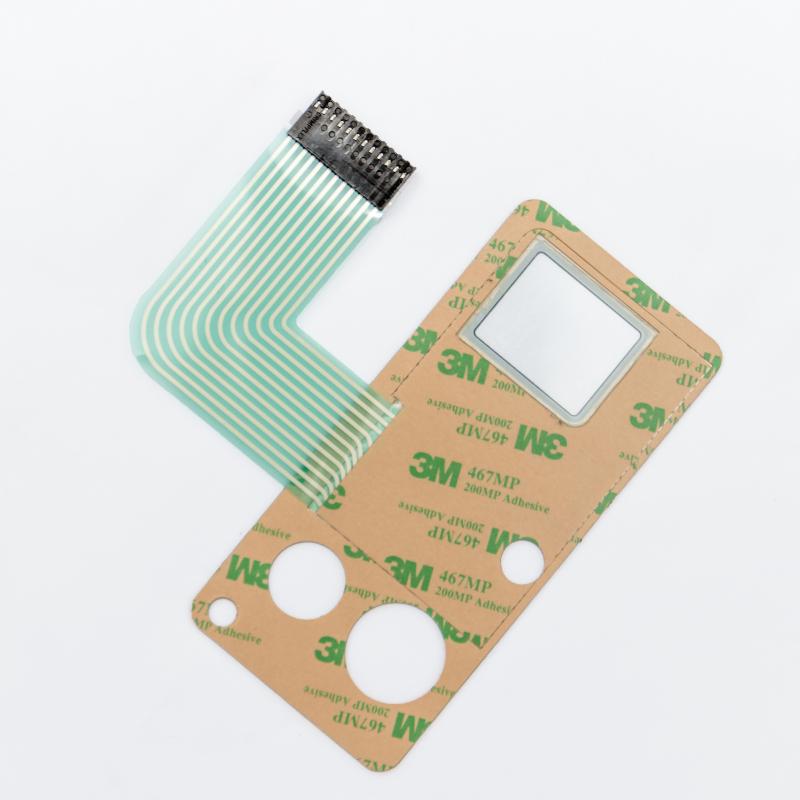
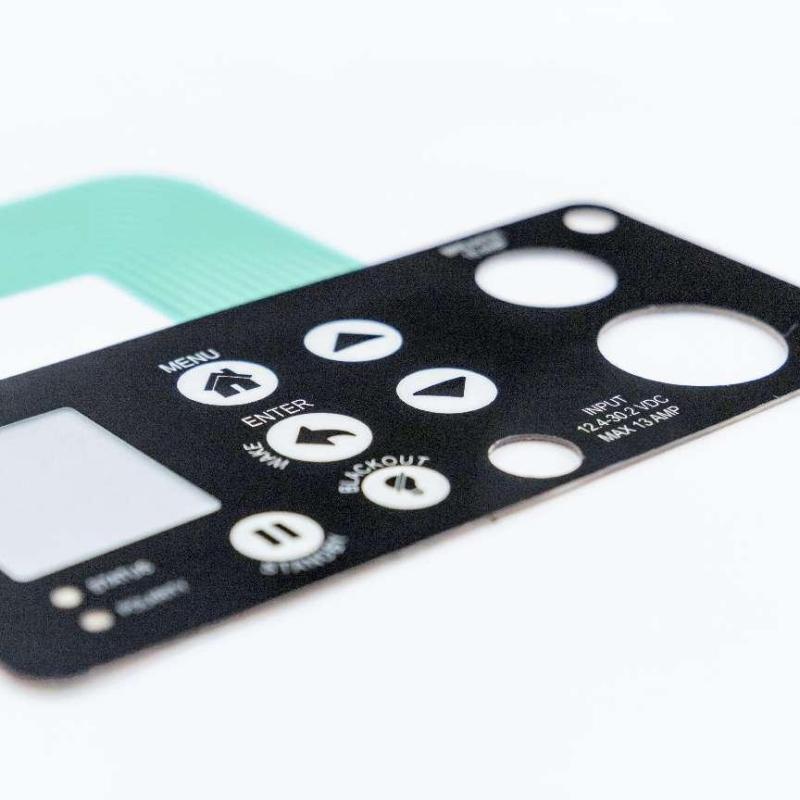
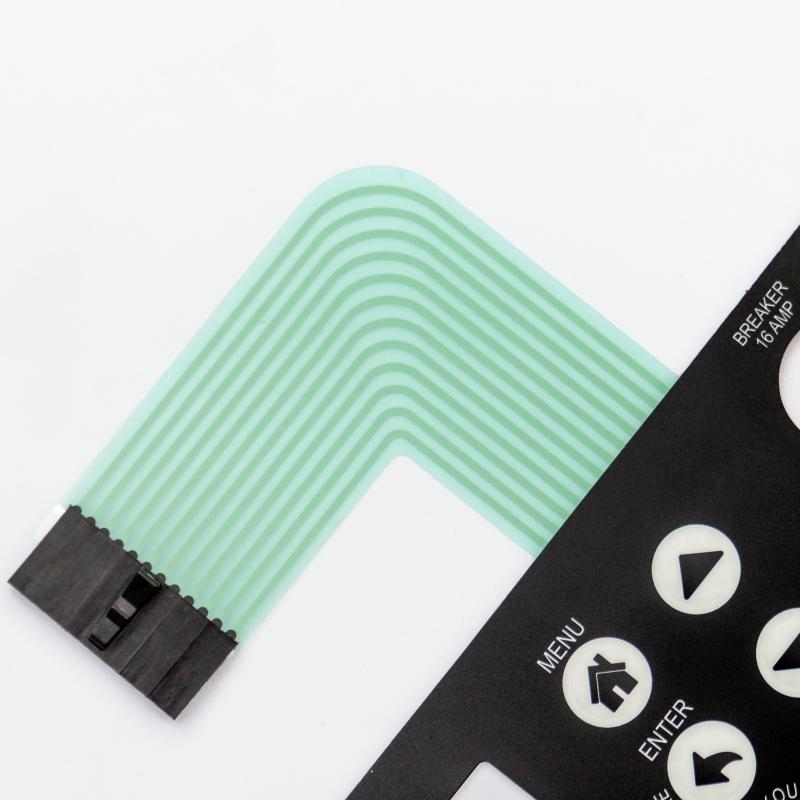
A tactile membrane switch is a type of membrane switch that provides an audible or physical feedback to the user when the switch is pressed. This feedback lets the user know that the switch has been activated and the device or system is responding.
Provides physical or auditory feedback to the user, making it easier to determine when the switch has been activated.
Offers a higher level of reliability and accuracy, as users are less likely to miss a switch activation.
Can be more durable and long-lasting than non-tactile switches, as there is less wear and tear on the switch components.
Can be more expensive to manufacture than non-tactile switches, as the tactile mechanism adds additional components to the switch.
Can be less suitable for applications where the switch needs to be activated quickly or with minimal physical effort.
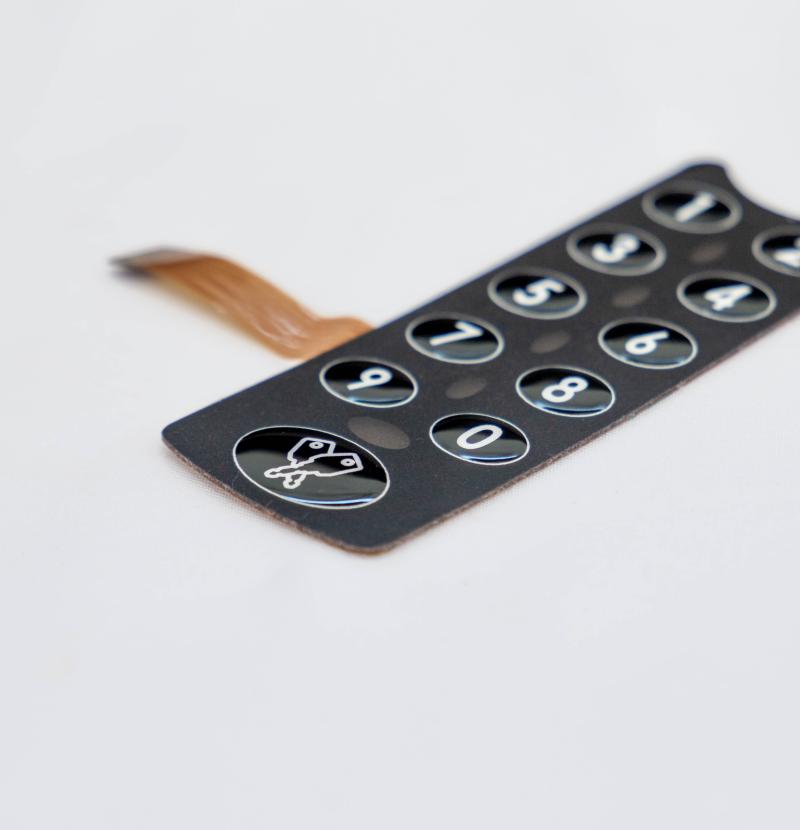
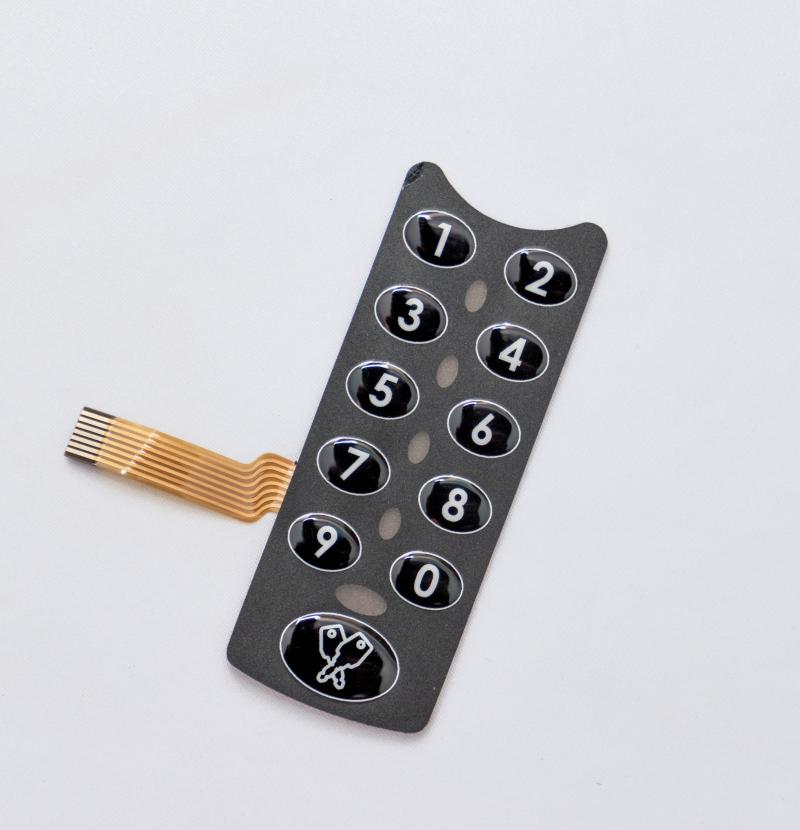
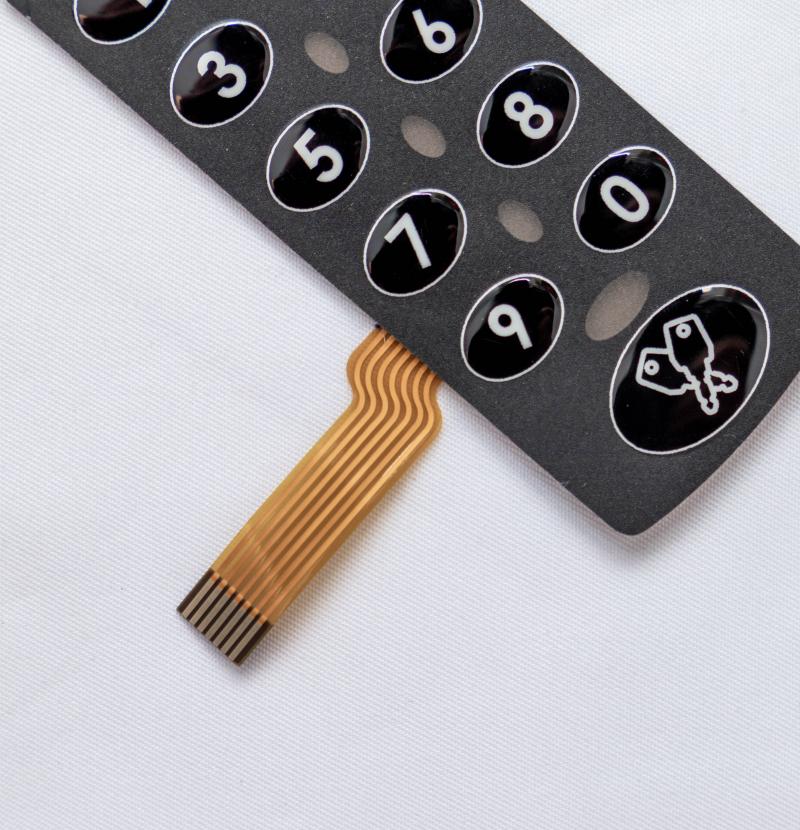
A non-tactile membrane switch is a type of membrane switch that does not provide any physical or auditory feedback to the user when the switch is activated.
Can be less expensive to manufacture than tactile switches, as there is no need for the tactile mechanism.
Can be more suitable for applications where the switch needs to be activated quickly or with minimal physical effort.
Can be more aesthetically pleasing for some applications, as the lack of physical feedback can make the switch appear more sleek and streamlined.
Can be less reliable and accurate, as users may miss a switch activation if they do not see the corresponding indicator light or display.
Can be less durable than tactile switches, as there is more wear and tear on the switch components.
In conclusion, both tactile and non-tactile membrane switches have their own unique strengths and weaknesses, and the choice between the two depends on the specific requirements of your application. For applications where user feedback is important, tactile membrane switches may be the best choice. For applications where speed and ease of use are the main considerations, non-tactile membrane switches may be the better option. When making your choice, be sure to consider the specific requirements of your application, and consult with a professional in the field if you need assistance.
Do you have any questions, or would you like to speak directly with a representative?